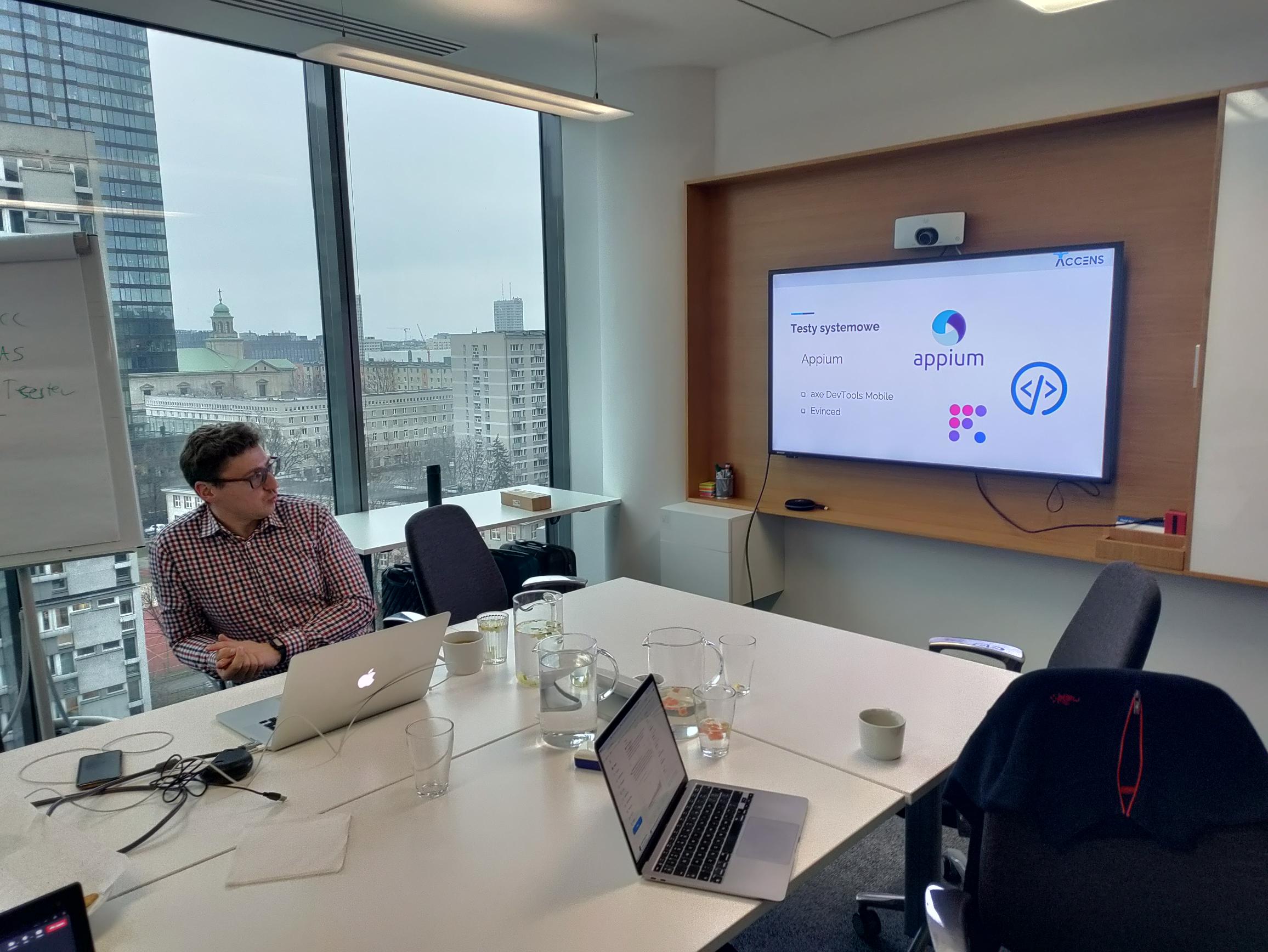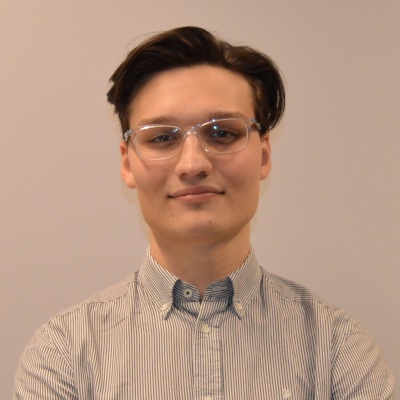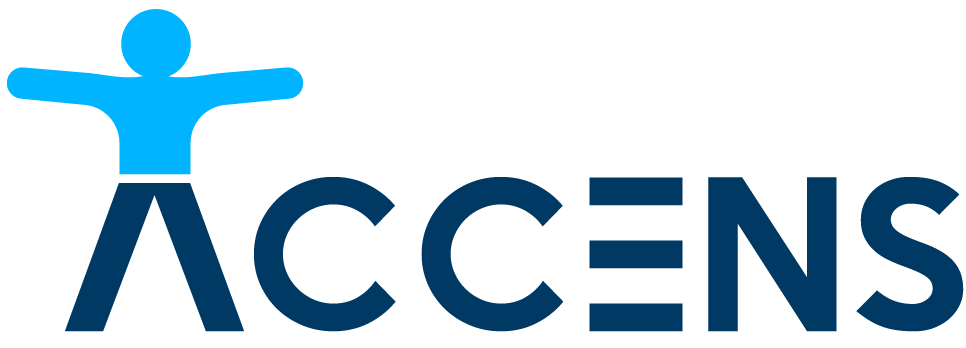Customer case: Mobile apps accessibility testing training for hearing aid producer

Customer
Market leader in hearing healthcare, hearing aids, implants and smart audio solutions
Project
Training for testers of a mobile application for hearing aids
Date
March 2024
Team
Dawid Górny, Dariusz Drezno, Kacper Mikocki, Tomasz Bonior
Comments from the post-training survey:
“A lot of knowledge, conveyed in an accessible and professional manner. Very good and relaxed atmosphere helps in absorbing information.
Very important topics that unfortunately we don't always keep in mind in our daily testing. It was nice that there was a demo with the use of our app, which showed well what problems we currently have and what we need to improve. I really liked the involvement of the presenters.
Very contactable trainers and you can see that they live the topic they presented.
Passionate trainers, practitioners, easily described and showed the difficulties of people for whom application accessibility is crucial. Automation coolly told, not in too much detail, so not only people who automate got something out of it.
It's hard to choose the most useful - everything clipped together into a coherent whole."
Challenge
The new version of the application that supports hearing aids turned out to be less accessible than the previous one. Since this is a product used very often by elderly people, it was decided to address the problem as soon as possible. "'Accessibility erosion' is a well-known phenomenon, and we wrote about how to maintain accessibility in the long term some time ago."
It was also important that both the devices and the accompanying mobile app were sold worldwide, under different brand names. In the United States, a key market from this point of view, accessibility regulations are taken very seriously, and violations can result in millions of dollars in fines.
As part of a bottom-up initiative, the first training group of testers was created, working in various teams on a daily basis. They were mainly people without experience in accessibility testing, but for the most part strongly interested in the topic and ready to spread accessibility knowledge in their teams.
So the training had to be tailored to their context, with examples based on the mobile application they were testing. It was also important to show the "business case" for availability in this particular industry, in the selected markets and for the technologies used.
The application can be downloaded and installed for free, but without the rather expensive hearing aids it is almost useless. So we had to request that the hearing aids be sent to our office in advance and familiarize ourselves with their functionality.
Training tailored to the customer
We always conduct training courses for companies based on the applications they develop. In this case, preparations began a few weeks earlier - we received the hearing aids in by mail, and a brief introduction to the functionality of the application in question was provided to us during an online meeting.
After installing and testing the app, we were able to plan in detail a demo with a blind user and select examples for all parts of the training accordingly. The application turned out to be quite complex, with the help of it you can not only configure and tune hearing aids, but also have a remote consultation with an audiologist. Together with the participants, we decided to focus on the most frequently used functions.
During the preparations, we were already able to identify a list of accessibility issues that gave the participants plenty of food for thought. Motivation to apply the knowledge from the training in practice is always greatest when we focus on products developed by the participants on a daily basis.
Automated accessibility tests were also pre-configured to demonstrate how commercially available tools support the technologies used by application developers.
With a good understanding of the company's software development process, we were also able to suggest specific improvements, such as including users with disabilities in UX surveys and beta testing, modifying DoD (definition of done), product demos and retrospectives.
Solution
The agenda was based on our standard training agenda. Some modules were extended to go deeper into the topics selected by the client.
The training was held in a traditional form and took a full two days. It was conducted by four of us:
Darek - used his experience in the industry and knowledge of the methods of working in this type of company (SAFe)
Dawid - demonstrated and explained the challenges of the application to a blind user
Kacper - showed how testers can detect accessibility issues on their own and with which tools works best in their context
Tom - set up and ran automated accessibility tests of the client's application using free and commercial tools
It was a pleasure to visit Warsaw again, and we used the time after classes to integrate with the participants. Both in the office and in other places they showed great interest in accessibility, not only in the context of mobile applications.
In the final quiz, everyone did very well. Already during the training we heard that a second group of testers was gathering, for the next round of workshops. After the training, of course, we handed over a set of materials and certificates.
Results
Already during the first day of training we demonstrated the basic accessibility problems present in the application. The testers carefully wrote down these issues for themselves so that they could enter them later in the bug tracking system.
During the end-to-end demo, it was also possible to identify areas for improvement in the web application and website. Going through the end-to-end user experience (customer journey), from start to finish is a very valuable exercise from an accessibility standpoint - it often identifies blocking issues that destroy all the effort made in other areas of the product/organization.
Thanks to the traditional training format, we had time to talk before, during breaks and after class. Ordinary social interactions with a blind person - having a meal, going out to the bar, talking about how a blind person skis or climbs in the mountains - proved to be an important part of the training. For many people, these were their first such kinds of experiences.
Our entire team of trainers was rated 4.75 on a five-point scale in a post-training survey. The organization of the training was rated 4.88. This is a strong argument for doing training in the traditional form, meeting, exchanging opinions, joking and simply getting to know people.
Fun fact: in between the classes, we helped one of the participants choose the right bathroom heater. Greetings to Greg, we hope our solution works!

Kacper Mikocki
Co-founder of Accens, responsible for the area of testing and training
Specialises in technical aspects of digital accessibility, has completed several dozen accessibility testing projects and WCAG audits. Leads accessibility courses and develops additional training materials. Software tester, webmaster and digital accessibility consultant. Certified IAAP Web Accessibility Specialist (WAS).
Are you developing mobile apps? We'll teach you how to make them accessible.
We have training courses for testers, UX designers, developers and project leaders. Dedicated to both mobile and web application accessibility. We are happy to offer tailor-made training for your team.
